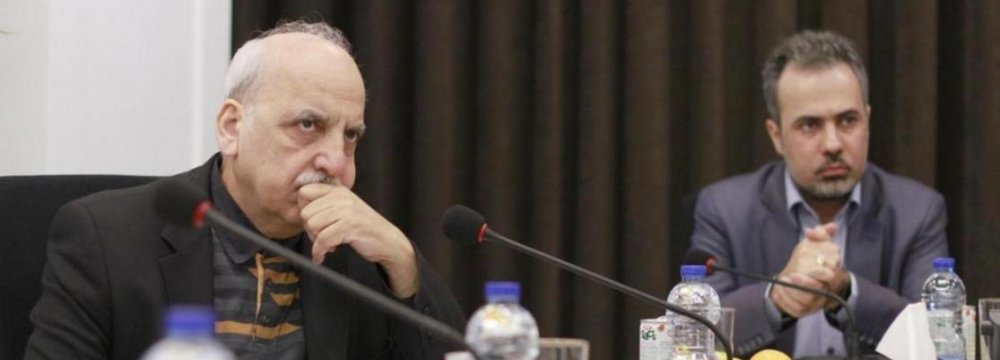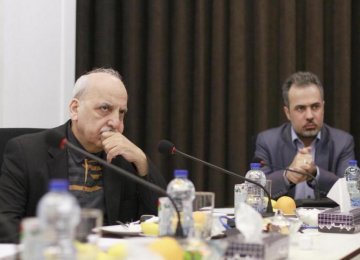Hossein Abdoh Tabrizi, member of the High Council of Exchange Market, blamed banks for offering high deposit rates, saying the rates would damage production and the economy.
The Money and Credit Council put a 20% cap on one-year deposit rates on April 28 while allowing banks to compete in setting rates for sight deposits.
Abdoh Tabrizi said the current divergence between inflation and sight deposit rates indicates lack of equilibrium in the economy due to poor supervision over banking operations, Fars News Agency quoted him as saying on Wednesday.
“Over the past decade, the banking system has failed to match up the settlement date of its capital to that of its commitments since a large amount of banks’ capital is engaged in non-banking activities, long-term projects or purchase of expensive real estates, making it face lack of liquidity,” he said.
As banks cannot easily raise liquidity due to inflation and money supply concerns, they compete in offering higher deposit rates, aiming to attract more liquidity, Tabrizi noted.
The expert estimated total interests paid by the banking system on deposits to be 1.5 quadrillion rials ($51 billion) over the last Iranian year (ended March 20). It was unlikely for banks to earn such an income since the manufacturing sector had been unable to create value at the same pace, he admitted.
He regarded credit crunch as a bane of Iranian economy, calling for structural reforms in the banking system so that the economy can grow and production can absorb investment.
“The Central Bank of Iran is required to dismantle unauthorized financial and credit institutions or merge them with other banks,” he said.
Abdoh Tabrizi believes that instilling budgetary discipline and government’s refusal to sell foreign exchange to the central bank were among effective measures taken by the government to curb inflation, which is now hovering at 15% from once 40%.





